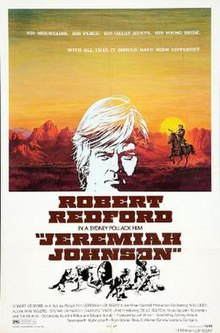
Charles Robert Redford Jr. is an American filmmaker and retired actor. He has received numerous accolades such as an Academy Award, a BAFTA Award, and two Golden Globe Awards, as well as the Cecil B. DeMille Award in 1994, the Screen Actors Guild Life Achievement Award in 1996, the Academy Honorary Award in 2002, the Kennedy Center Honors in 2005, the Presidential Medal of Freedom in 2016, and the Honorary César in 2019. He was named by Time as one of the 100 most influential people in the world in 2014.
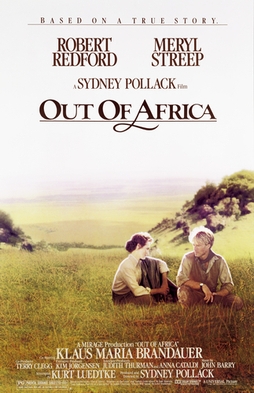
Out of Africa is a 1985 American epic romantic drama film directed and produced by Sydney Pollack, and starring Meryl Streep and Robert Redford. The film is based loosely on the 1937 autobiographical book Out of Africa written by Isak Dinesen, with additional material from Dinesen's 1960 book Shadows on the Grass and other sources.
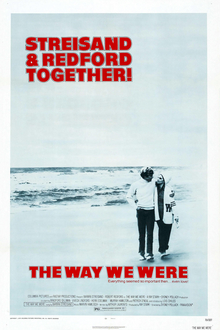
The Way We Were is a 1973 American romantic drama film directed by Sydney Pollack and starring Barbra Streisand and Robert Redford. Arthur Laurents adapted the screenplay from his own 1972 novel of the same name, which was based on his college days at Cornell University and his experiences with the House Un-American Activities Committee.
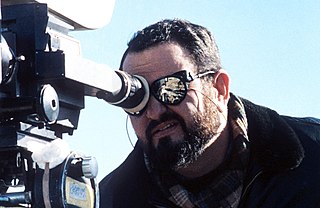
John Frederick Milius is an American screenwriter, film director, and producer. He was a writer for the first two Dirty Harry films, received an Academy Award nomination as screenwriter of Apocalypse Now (1979), and wrote and directed The Wind and the Lion (1975), Conan the Barbarian (1982), and Red Dawn (1984). He later served as the co-creator of the Primetime Emmy Award-winning television series Rome (2005–2007).
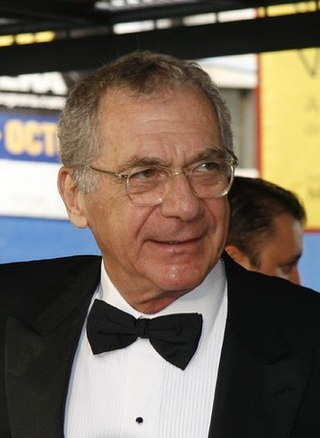
Sydney Irwin Pollack was an American film director, producer and actor. Pollack is known for directing commercially and critically acclaimed studio films. Over his forty year career he received numerous accolades including two Academy Awards and a Primetime Emmy Award as well as nominations for three Golden Globe Awards and six BAFTA Awards.

Sundance Resort, also known as Sundance Mountain Resort, is a ski resort located 13 miles (21 km) northeast of Provo, Utah. It includes more than 5,000 acres (2,000 ha) on the slopes of Mount Timpanogos in Utah's Wasatch Range. Alpine skiing began on the site in 1944. Actor Robert Redford acquired the area in 1968, and established a year-round resort that would later spawn the independent Sundance Film Festival and the non-profit Sundance Institute. The resort was first listed as a census-designated place (CDP) before the 2020 census.
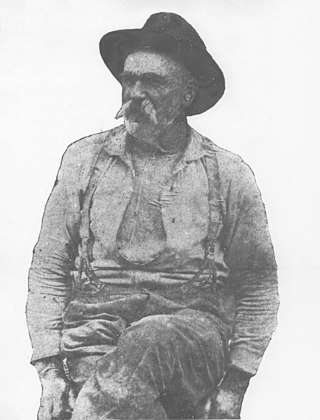
John "Liver-Eating" Johnson, born John Jeremiah Garrison Johnston, was a mountain man of the American Old West.

The Electric Horseman is a 1979 American western comedy-drama film starring Robert Redford and Jane Fonda and directed by Sydney Pollack. The film is about a former rodeo champion who is hired by a cereal company to become its spokesperson and then runs away on a $12 million electric-lit horse and costume he is given to promote it in Las Vegas after he finds that the horse has been abused.

Farewell to the King is a 1989 American action adventure drama film written and directed by John Milius. It stars Nick Nolte, Nigel Havers, Frank McRae, and Gerry Lopez and is loosely based on the 1969 novel L'Adieu au Roi by Pierre Schoendoerffer. Longtime Milius collaborator Basil Poledouris composed the musical score.
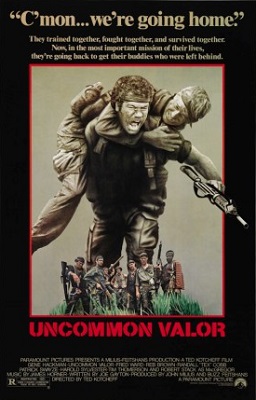
Uncommon Valor is a 1983 American action war film directed by Ted Kotcheff and starring Gene Hackman, Fred Ward, Reb Brown, Randall "Tex" Cobb, Robert Stack, Patrick Swayze, Harold Sylvester and Tim Thomerson. Hackman plays a former U.S. Marine colonel who puts together a rag-tag team to rescue his son, who he believes is among those still held in Laos after the Vietnam War.

This is the filmography of the American actor, director, producer and activist Robert Redford.
In 1969, Robert Redford purchased 6,000 acres (24 km2) at the base of 12,000-foot (3,700 m) Mount Timpanogos in Utah's Wasatch Mountains. He named this land Sundance. The Sundance Group is a listing of all the businesses that run under the Sundance corporate umbrella started by and run by actor Robert Redford.

The Sundance Film Festival is an annual film festival organized by the Sundance Institute. It is the largest independent film festival in the United States, with 423,234 combined in-person and online viewership in 2023. The festival takes place every January in Park City, Utah; Salt Lake City, Utah; and at the Sundance Resort, and acts as a showcase for new work from American and international independent filmmakers. The festival consists of competitive sections for American and international dramatic and documentary films, both feature films and short films, and a group of out-of-competition sections, including NEXT, New Frontier, Spotlight, Midnight, Sundance Kids, From the Collection, Premieres, and Documentary Premieres. Many films premiering at Sundance have gone on to be nominated and win Oscars such as Best Picture, Best Director and Best Actor in a Leading Role.
Jeffrey McDonald Chandor, better known as J. C. Chandor, is an Academy nominee American filmmaker, best known for writing and directing the films Margin Call (2011), All Is Lost (2013), A Most Violent Year (2014), Triple Frontier (2019) and Kraven the Hunter (2024).

Joaquín Martínez was a Mexican film, television and theatre actor. Often appearing in Westerns, Martínez had roles in Jeremiah Johnson, in which he played a Crow chief, and Ulzana's Raid, which was directed by Robert Aldrich and co-starred Burt Lancaster.

All Is Lost is a 2013 action drama film written and directed by J. C. Chandor. The film stars Robert Redford as a man lost at sea. Redford is the only cast member, and the film has 51 spoken English words. All Is Lost is Chandor's second feature film, following his 2011 debut Margin Call. It screened Out of Competition at the 2013 Cannes Film Festival.
Thomas Gerald Stanford was an American film and television editor with about sixteen feature film credits. He won the Academy Award for Best Film Editing at the 34th Academy Awards for the film West Side Story (1961), which was only his second credit as an editor. Long afterwards, West Side Story was listed as the 38th best-edited film of all time in a 2012 survey of members of the Motion Picture Editors Guild. The film's editing is also featured in Louis Giannetti's textbook Understanding Movies.

Mountain Man is a 1965 novel written by Vardis Fisher. Set in the mid-1800s United States, it tells the story of Sam Minard, a hunter/trapper living and wandering throughout Montana, Wyoming and Idaho. The book is separated into three parts: Lotus, Kate and Sam. The novel is largely a fictionalized retelling of the experiences of the real mountain man Liver-Eating Johnson. The book was adapted for Sydney Pollack's 1972 film Jeremiah Johnson.
Pattenburg is an unincorporated community located within Union Township in Hunterdon County, in the U.S. state of New Jersey.
Andrew "Duke" Callaghan was an American cinematographer, best known for his work on television series such as Adam-12, Hart to Hart, and Miami Vice, the latter for which he received a Primetime Emmy nomination for Outstanding Cinematography for a Series. He was a frequent collaborator of directors Sydney Pollack and John Milius, shooting films like Jeremiah Johnson and The Yakuza for the former and Conan the Barbarian for the latter.
